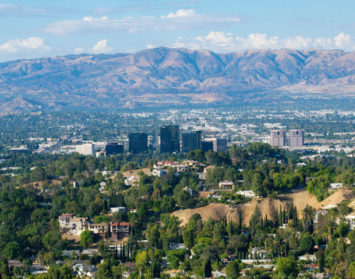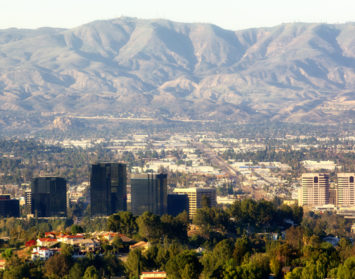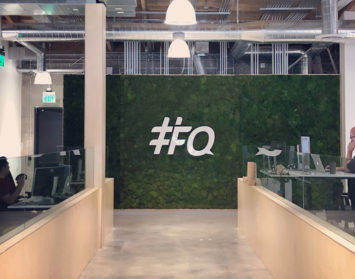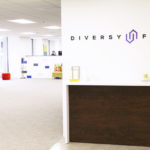By Andrew Havill
The Olympics has a funny way of dramatically transforming cities, some for the good, while others actually detrimental. Take Barcelona for example. Before the 1992 Olympic Games, Spain as a whole was struggling after a 40-year dictatorship that isolated them from the outside world. With a $1 billion investment into the city of Barcelona for the Olympic Games, the city was transformed from a struggling industrial port to an international tourist destination. The transformation of Barcelona had a ripple effect, breaking Spain out of third world status.
On the opposite side of the spectrum we have Athens, Greece and the 2004 Olympic Games. A city that spent $12.7 billion on the Olympic Games, but failed to use the resources for extended utility once the athletes left. This lack of planning left the city’s newly built state-of-the-art facilities abandoned. This combined with already lingering debt problems propelled the city into a downward financial spiral.
Los Angeles recently lost the bid for the 2024 Olympics, but secured the 2028 Olympics, which in my opinion is a win-win for the city. Visitors for the Games are going to rely heavily on public transportation, and let’s face it, Los Angeles’s current public transportation infrastructure is nowhere near ready to support such a task.
As New York City, London, Hong Kong, Tokyo and other highly populated cities invested heavily in public metro transportation in the 20th century, L.A. remained focused on highway systems. This lack of adoption has created turmoil for Los Angeles commuters for far too long, but this is soon to change. The 2028 Olympic Games is going to expedite the adoption of sustainable public transportation in L.A. by decades, which is powered by the creation of the “Twenty-Eight by ‘28” initiative. This initiative has placed urgency on completing 28 imperative public transportation projects before the 2028 Olympics Opening Ceremony.
Most of these projects are going to have a noticeable impact on the way people can commute in Los Angeles, but the following four projects have the opportunity of making the greatest impact on the city decades beyond 2028.
1. Airport Metro Connector
The Airport Metro Connector will be the new heart of Los Angeles public transportation. LAX is the 3rd busiest airport in the world, with over 75 million people passing through the facility each year. The Airport Metro Connector will provide a connection to the Automated People Mover (APM), which will connect to a variety of public metro platforms branching out to major Los Angeles destinations including Downtown LA, West LA, Long Beach, The San Fernando Valley and many more. Both the Airport Metro Connector and Automated People Mover will be above-ground rail lines.
2. The Crenshaw/LAX Line
The Crenshaw/LAX Line will be the first public transportation arm from the Airport Metro Connector and will run north-south to booming West LA markets like El Segundo and Culver City. These areas are now considered “Silicon Beach,” with dominant tech conglomerates taking millions of square feet of office space in these markets including the likes of Amazon, Google, Tesla and SpaceX, just to name a few. This above-ground rail line will connect to the existing Expo Line, giving riders increased access to almost all other LA markets.
3. Purple Line Extension
Given many of the athletes competing in the Olympic Games will be staying on UCLA’s campus, the Purple Line Extension is arguably the most crucial mode of transportation to be completed before the 2028 Olympics. The Purple Line is currently an underground metro that transports riders to and from Downtown Los Angeles and Koreatown. By 2026, The Purple Line Extension will extend all the way to UCLA’s campus in an underground capacity running parallel below Wilshire Boulevard. This will allow riders to travel from Westwood to Downtown Los Angeles in less than 30 minutes, no matter the time of day.
4. The Sepulveda Pass Line
The Sepulveda Pass Line will connect West LA to The San Fernando Valley, one of the busiest commuting paths in the world with over 400,000 people every day traveling along the 405 Interstate through the Santa Monica Mountains. The Sepulveda Pass will connect to the Orange Line in the San Fernando Valley and run north-south connecting to the Purple Line in Westwood and the Expo Line in West LA along Bundy and Sepulveda. This transit will either be an underground rail system or an above-ground rail metro, which is still to be determined.
By 2028, LA’s public metro system will look like the below map, providing convenient public transportation options to nearly every major market in LA.
All in all, it is a very exciting time for the bustling city of Los Angeles. Long after the athletes have left and the exciting Games are over, Los Angeles will have even better opportunities for commuting. These next nine years will be an interesting time to watch the progression of commuter improvement for the region, and we will be sure to keep you posted on the developments.
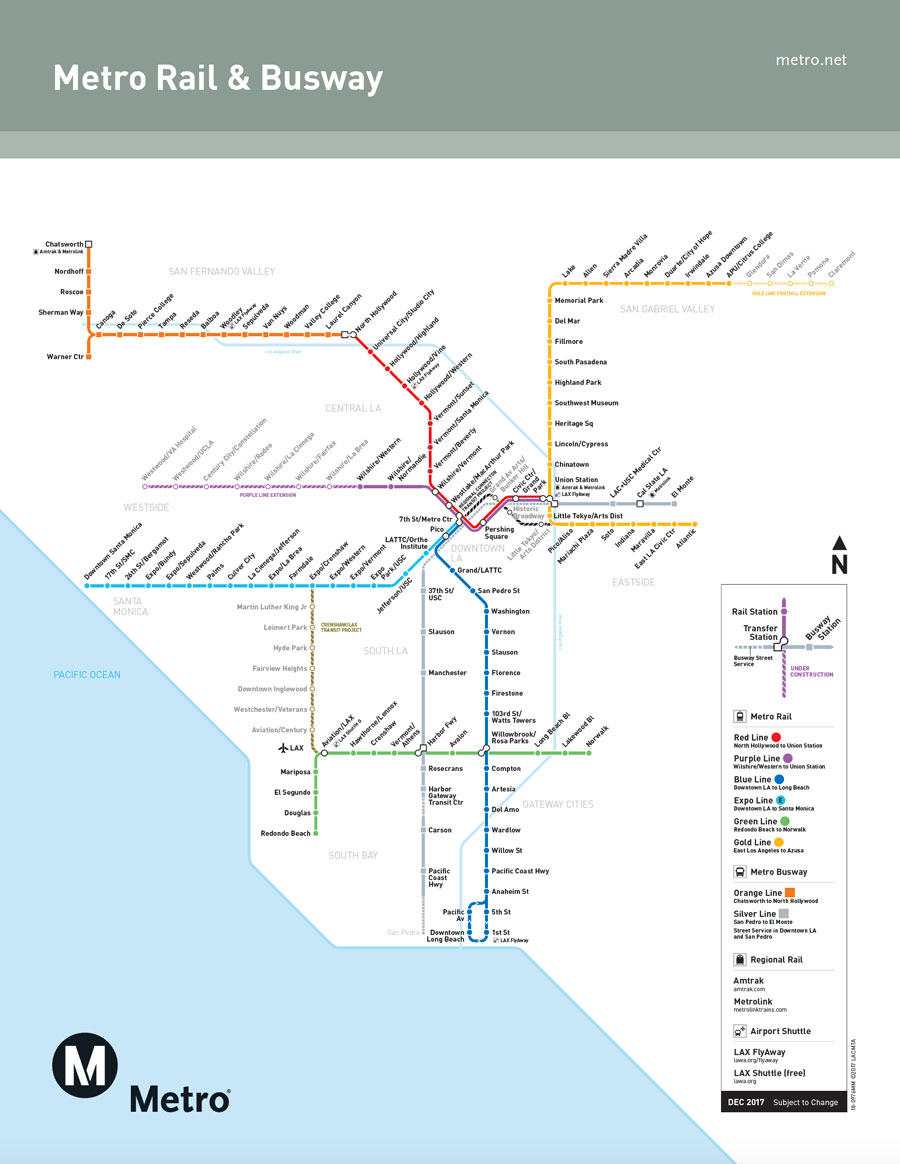
Andrew Havill is a senior vice president with Hughes Marino, a global corporate real estate advisory firm that exclusively represents tenants and buyers. Contact Andrew at 1-844-662-6635 or andrew@hughesmarino.com to learn more.



